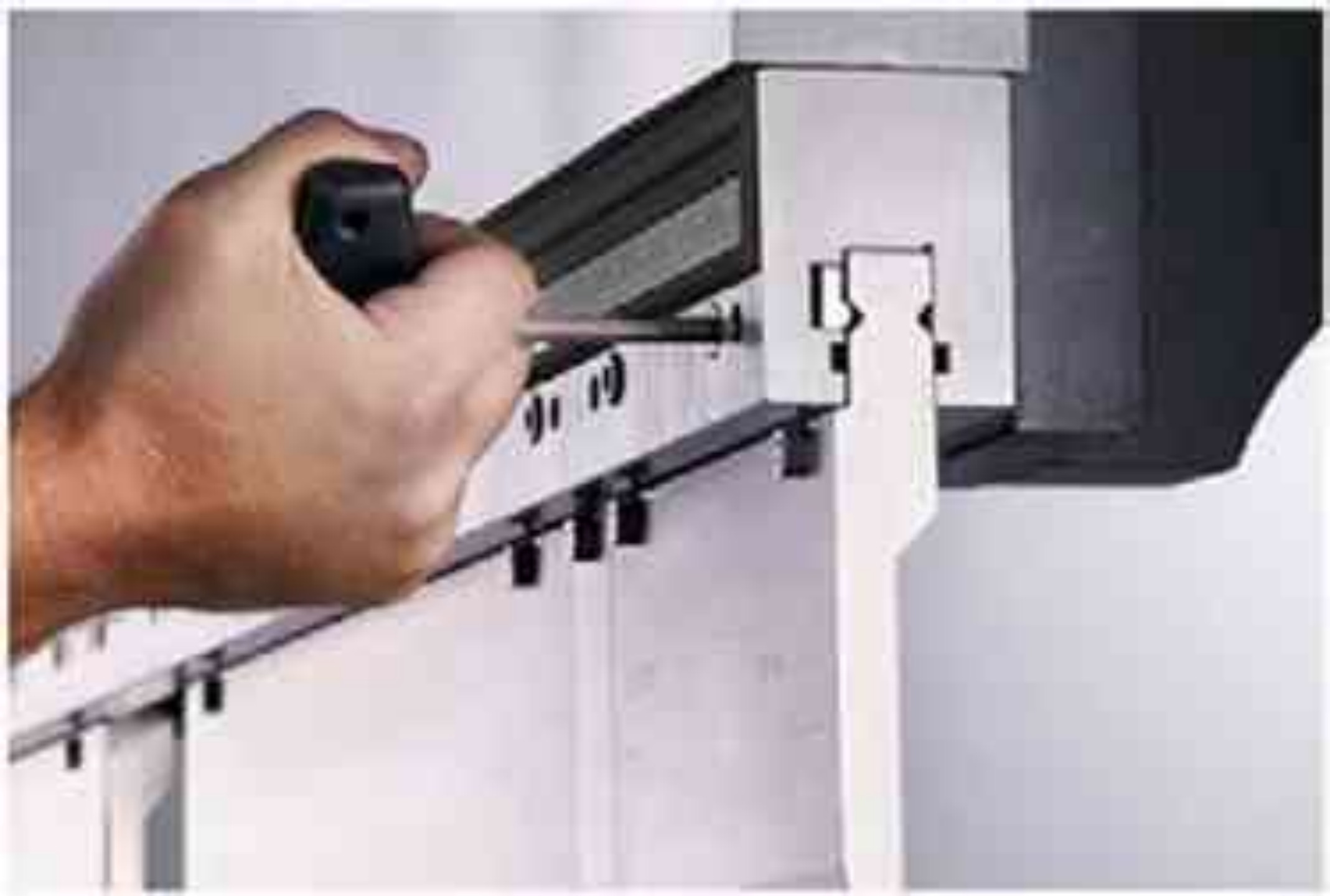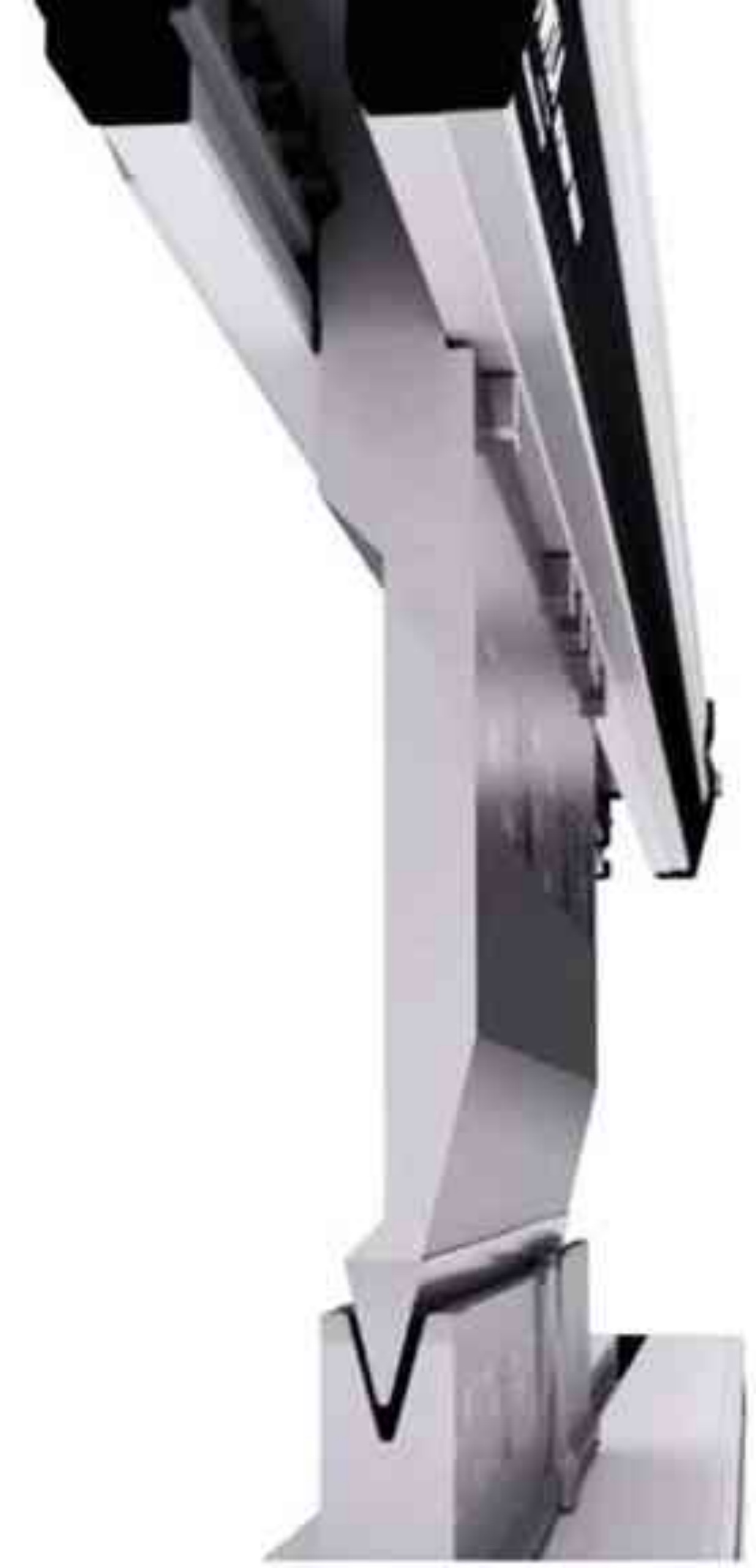Categories
- Our Blog (243)
- Technology Support (23)
- Tools Published (0)

The final accuracy of the sheet metal bending product depends on whether there is the best: bending equipment, bending mold system (including molds, mold clamps and compensation), bending materials and bending operators. The mold system of the bending machine includes a bending mold, a mold clamping system and a compensation system. A good bending mold clamping system can not only save time, but also ensure accuracy and reduce the number of test bends. Free labor and make bending more precise and efficient.
But what are the clamping systems? We will share an overview of the advantages and disadvantages of different clamping systems.
Two clamping systems
There are two types of mold clamping systems for bending machines: manual clamping and automatic clamping. There are different versions of each clamping system on the market.
Manual clamping system
The manual clamping system is an effective and economical clamp for bending machines that does not frequently change molds. Manual clamping of the mold is the most basic and time-consuming clamping method. The bending operator is required to manually lock each splint. The independent clamping plates cannot automatically form a complete clamping line when they are locked one by one. The clamping force of each section of the mold is uneven, and the mold cannot be aligned immediately, which requires time-consuming debugging and rely on experienced operators. In order to overcome the dependence on labor, avoid debugging and improve accuracy, the manual clamping system of clamping pin structure developed by WILA can provide continuous and consistent clamping force over the entire working length, so that each section of the mold does not need to be clamped. debugging. The manual clamping belt of the clamping pin structure has automatic seating and automatic calibration mechanism, so that the mold can be accurately centered and seated.

Manual clamping system (hardened clamping pin)
Automatic clamping system
The automatic clamping system is suitable for the clamps of bending machines that frequently and quickly change molds. Based on the concept of “single point operation”, the automatic clamping system can realize the mold clamping and loosening process with only one button, eliminating the tedious manual locking experience. The power sources of the automatic clamping system are electric, hydraulic and pneumatic. The most basic automatic clamping system is composed of many segmented independent splints and power cylinders. The power cylinders are driven by the above-mentioned power source. Although this clamping system avoids the time-consuming manual locking method, the splint is still If the segments are independent, the positioning accuracy problem of the mold still exists. How to avoid only activating a single clamping plate to clamp the mold separately? The defect of poor precision in this way can be achieved by using a medium to drive a mechanism within the full length of the bending machine to clamp the mold as a whole. WILA’s automatic clamping system is a full-length clamping method, and the power source is hydraulic or pneumatic.
WILA’s automatic clamping system is divided into hydraulic clamps and pneumatic clamps. For the hydraulic clamp, the clamp is equipped with a hydraulic tubing of the same length as the bending machine. After a certain pressure of hydraulic oil is passed in, the hydraulic tubing expands and pushes the hardened clamping pin, so that the mold can be clamped. The hydraulic power of the hydraulic system must always be on to ensure the clamping function (power-locked clamp). For pneumatic clamps, oil pressure is replaced by air pressure, which allows the mold to be clamped and loosened more quickly. WILA’s pneumatic clamp system only uses air to achieve the clamping function, and the air pressure acts on the wedge mechanism with WILA’s patented self-locking function to realize the closed clamping function, so the locking is fast and durable (closed and locked clamps).
Matching suggestions
The manual clamping system is more suitable for applications that rarely change molds. In this application, we recommend the manual clamping system of WILA. The hardened clamping mechanism enables the correct positioning, centering and clamping of each segment of the mold, thereby ensuring the bending accuracy.
If you need to change the mold frequently, we recommend an automatic clamping system, which has the following characteristics:
(1) High efficiency.
If there is more than one mold change per shift, automatic mold change can improve bending efficiency and increase profit margins.
(2) It is ergonomic.
Operational safety is guaranteed to avoid work injuries.
(3) Liberation of labor.
It is simple to use and easy to operate, which reduces the skill requirements for bending workers and also reduces the enterprise’s dependence on skilled workers.

WILA upper and lower fixtures compensate for local tolerances
WILA upper and lower clamps can easily compensate for local tolerances and achieve precise bending. Of course, WILA’s mechanical compensation (integrally compensates for the deformation caused by the sinking of the bending machine cylinder) and the mold can achieve perfect bending results and achieve the best bending accuracy of the product.